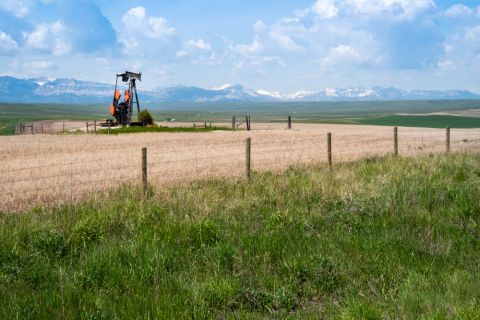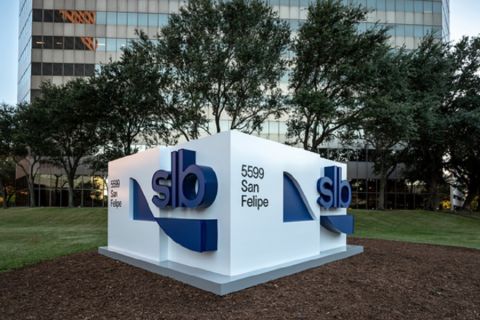Norway’s sanctioning of the plan for development and operation of Oseberg Vestflanken 2 could pave the way for a spate of unmanned platform projects in the region.
The approval comes at a time when the Norwegian Petroleum Directorate (NPD) is pressing for unmanned wellhead platforms to be considered more often as an alternative to subsea tiebacks when development decisions are being made.
The concept is new in Norway but has been thoroughly tested on the Danish and Dutch continental shelves.
Rambøll Oil & Gas recently carried out a study for the NPD into the benefits and disadvantages of unmanned wellhead platforms, which have been dubbed “subsea on a stick.”
Rambøll’s conclusion is that they might provide efficient development solutions in terms of cost and production for shallow-water developments on the Norwegian shelf.
Various types of unmanned wellhead platforms were considered, from simple facilities to more advanced solutions, which include process equipment. Access to the facilities could be via gangway from vessels, while others would have helicopter decks.
The Oseberg Vestflanken 2 development itself will consist of an unmanned wellhead platform with 10 well slots. Two existing subsea wells will be reused, and all wells will be remotely controlled from the Oseberg Field center.
Vestflanken 2 is the first of three planned phases for development of the remaining reserves in the Oseberg area. The project aims to tap 110 MMboe and extend the life of the Oseberg Field, which has been in production since 1988.
The wells at Oseberg Vestflanken 2 will be drilled by the new category J rig Askepott, which is currently under construction. Maintenance will be performed with a support vessel with an adapted gangway drawing up alongside the platform.
Statoil worked during the engineering phase to cut the breakeven price of the project by about 30% thanks to reduced capex and by increasing recoverable resources in the area. This makes the project resilient even in a low oil price environment, Statoil said.
Torger Rød, Statoil’s senior vice president for project management said, “Oseberg Vestfl anken 2 is a pioneer project of great strategic importance. The project is a pilot that other operators, public authorities and the rest of Statoil’s project portfolio are already learning from.”
Niels Erik Hald, principal engineer in the NPD, added, “The main argument in favor of unmanned wellhead platforms as a concept is that this could be an efficient development solution in terms of both cost and production. In fact, it is just as functional and robust as a subsea development, and it is also more accessible for inspection and maintenance.”

Recommended Reading
Sunoco’s $7B Acquisition of NuStar Evades Further FTC Scrutiny
2024-04-09 - The waiting period under the Hart-Scott-Rodino Antitrust Improvements Act for Sunoco’s pending acquisition of NuStar Energy has expired, bringing the deal one step closer to completion.
Some Payne, But Mostly Gain for H&P in Q4 2023
2024-01-31 - Helmerich & Payne’s revenue grew internationally and in North America but declined in the Gulf of Mexico compared to the previous quarter.
Kimmeridge Fast Forwards on SilverBow with Takeover Bid
2024-03-13 - Investment firm Kimmeridge Energy Management, which first asked for additional SilverBow Resources board seats, has followed up with a buyout offer. A deal would make a nearly 1 Bcfe/d Eagle Ford pureplay.
Laredo Oil Subsidiary, Erehwon Enter Into Drilling Agreement with Texakoma
2024-03-14 - The agreement with Lustre Oil and Erehwon Oil & Gas would allow Texakoma to participate in the development of 7,375 net acres of mineral rights in Valley County, Montana.
SLB’s ChampionX Acquisition Key to Production Recovery Market
2024-04-19 - During a quarterly earnings call, SLB CEO Olivier Le Peuch highlighted the production recovery market as a key part of the company’s growth strategy.





